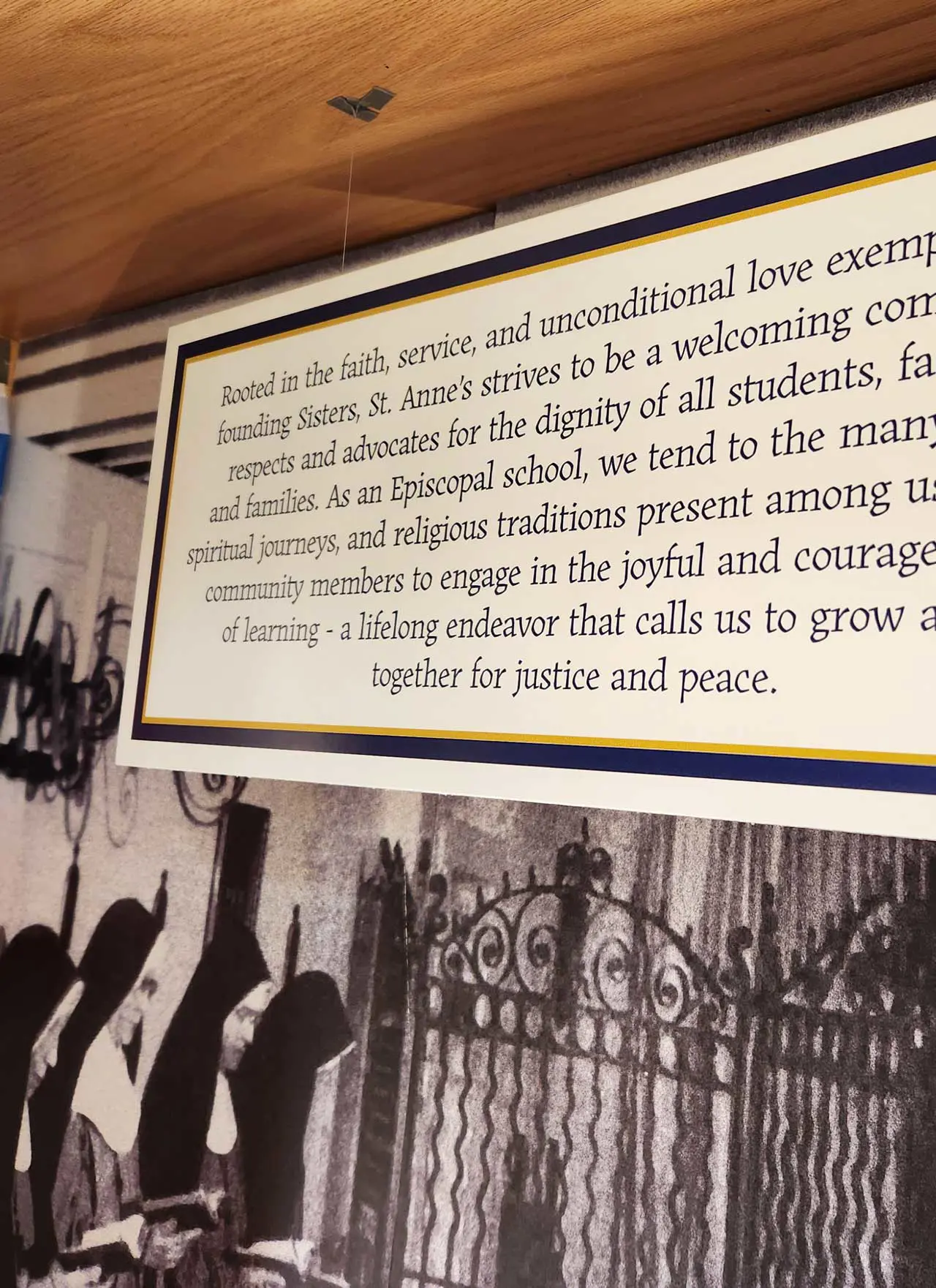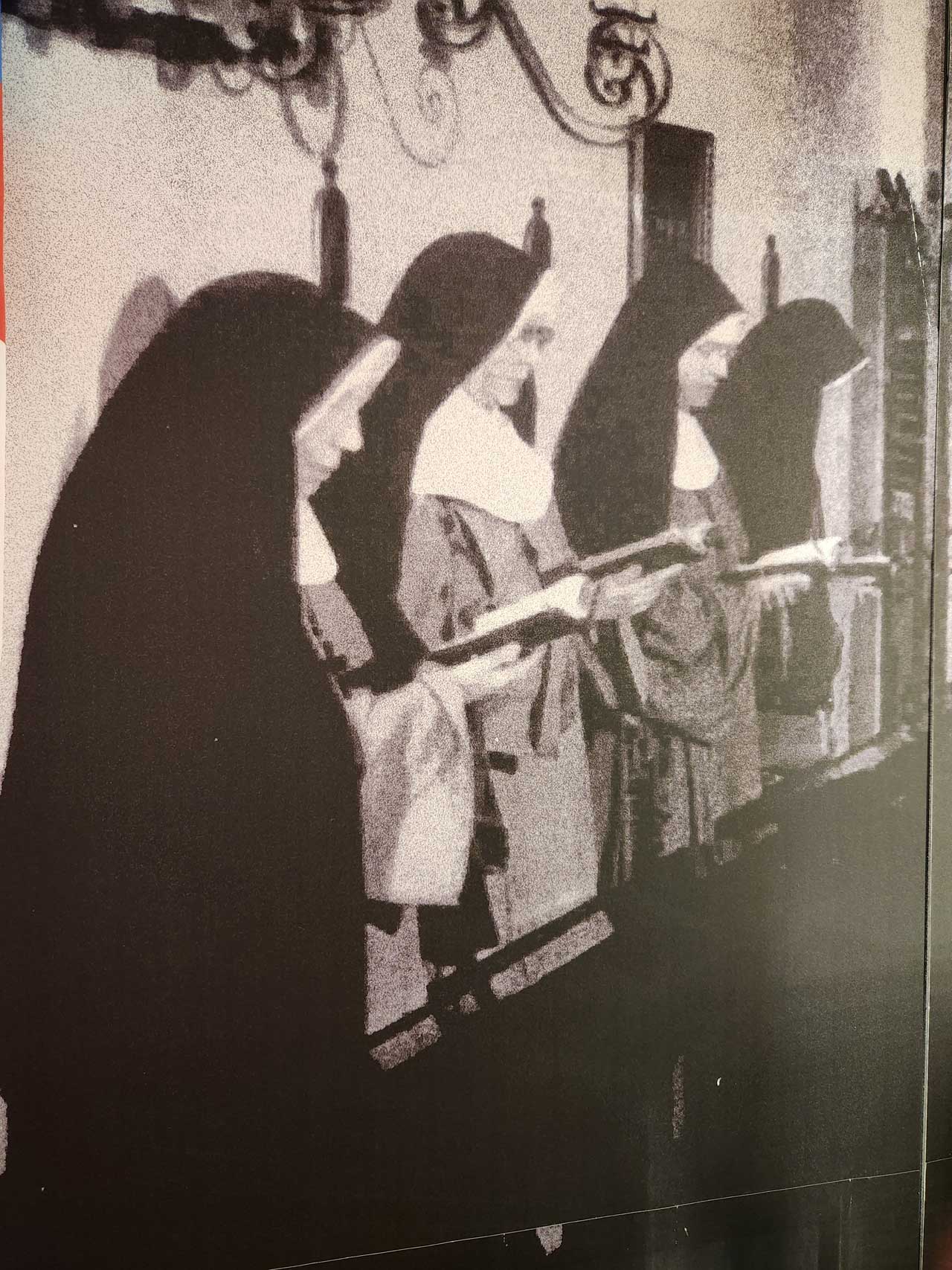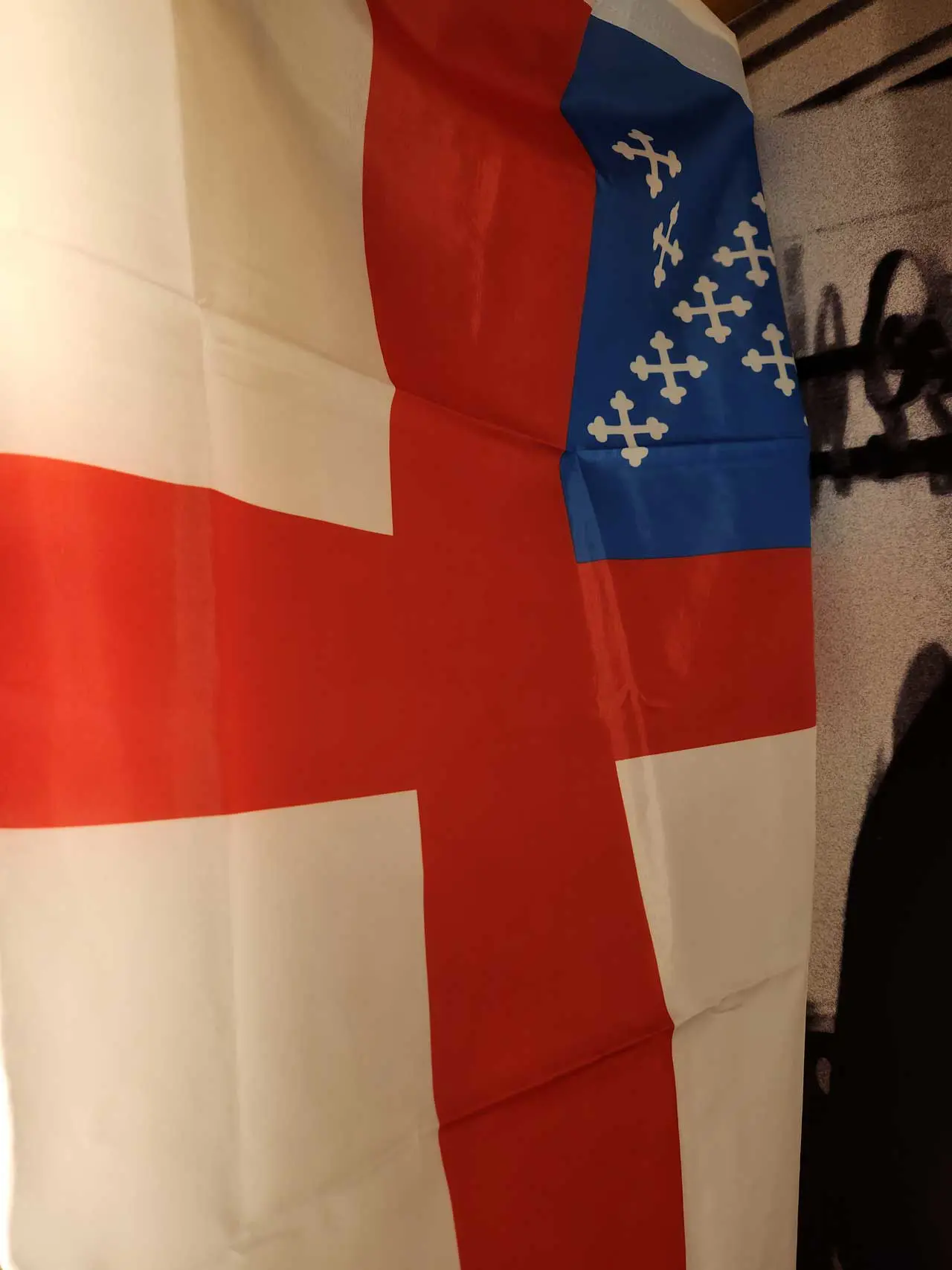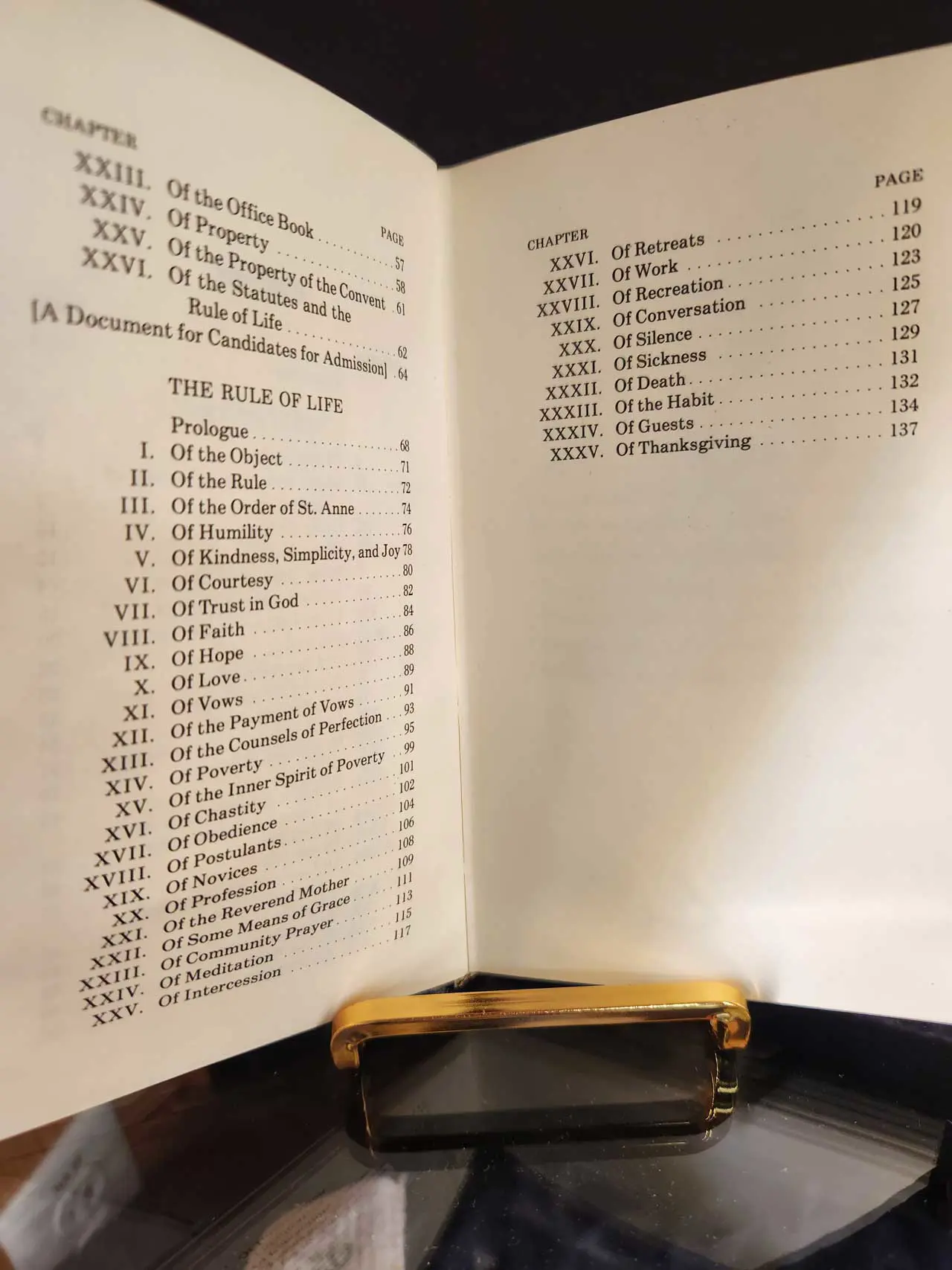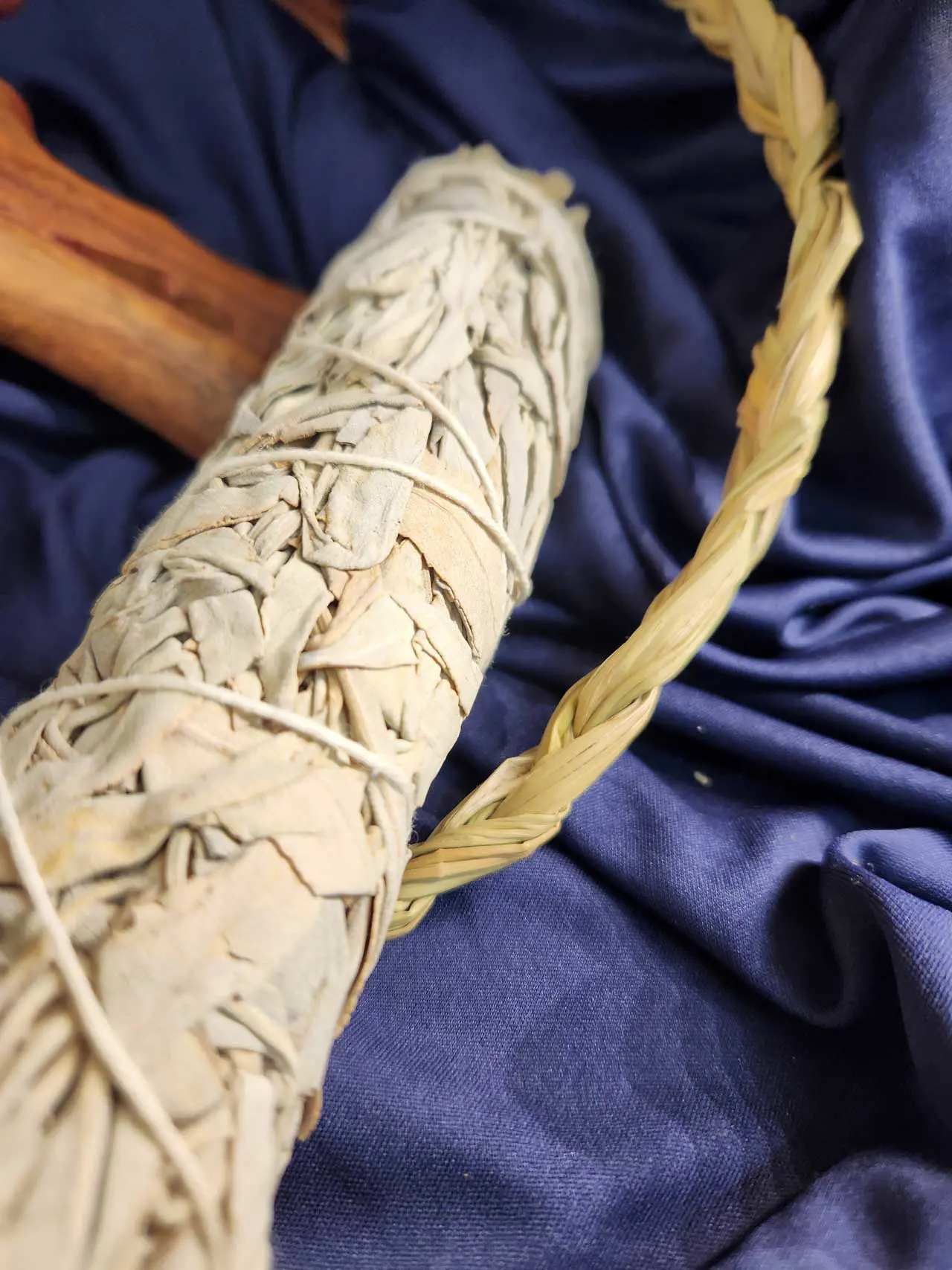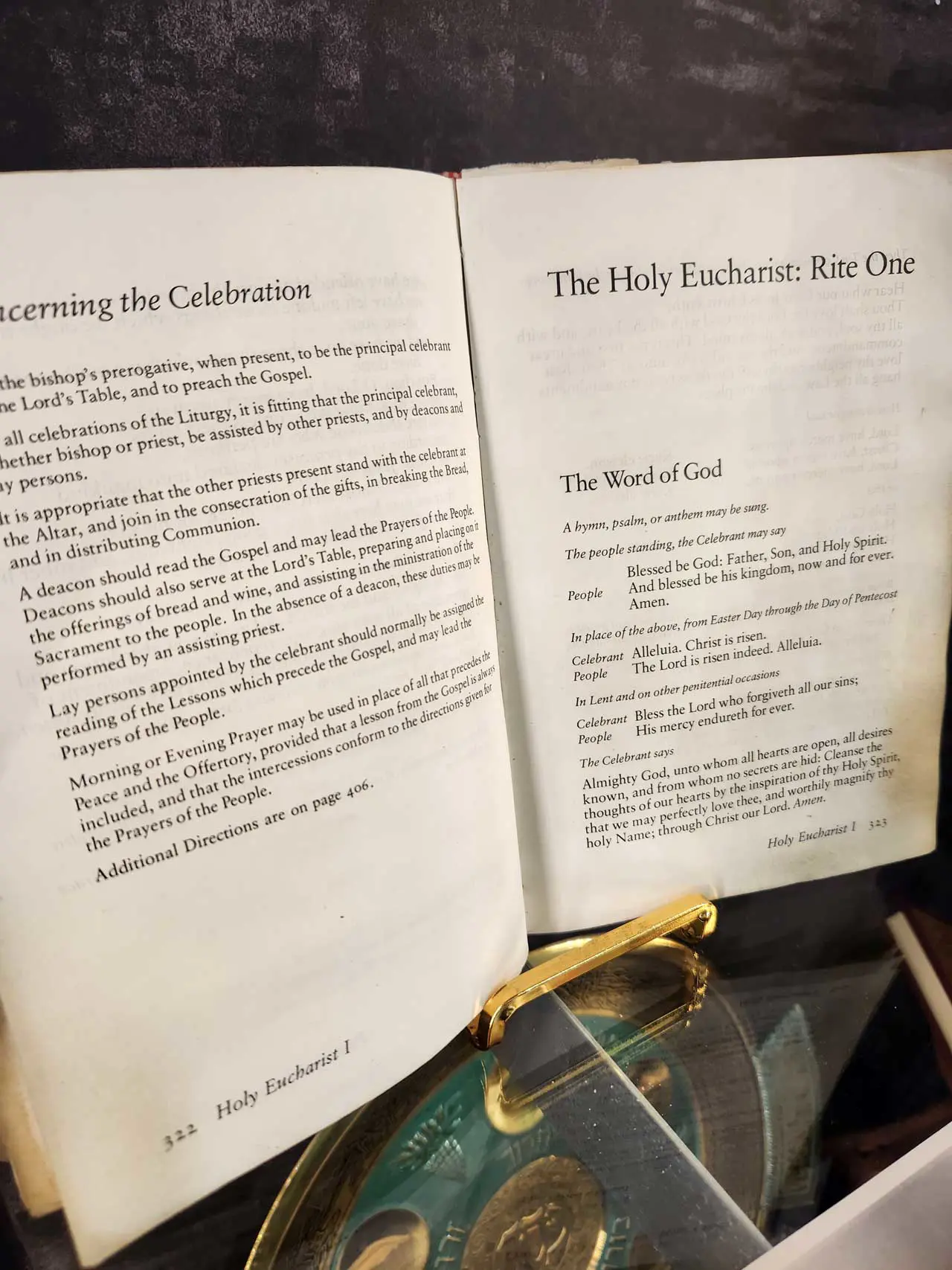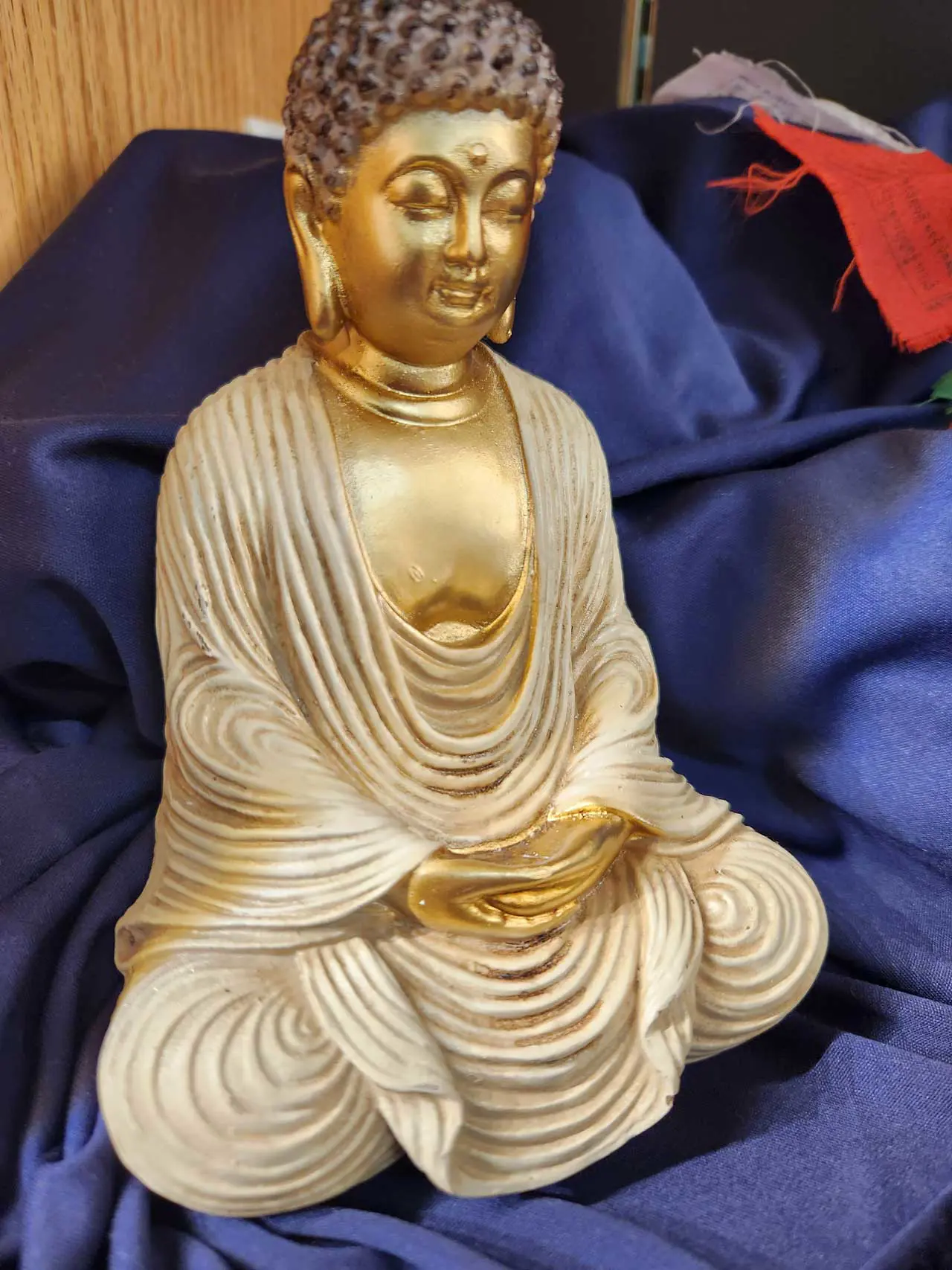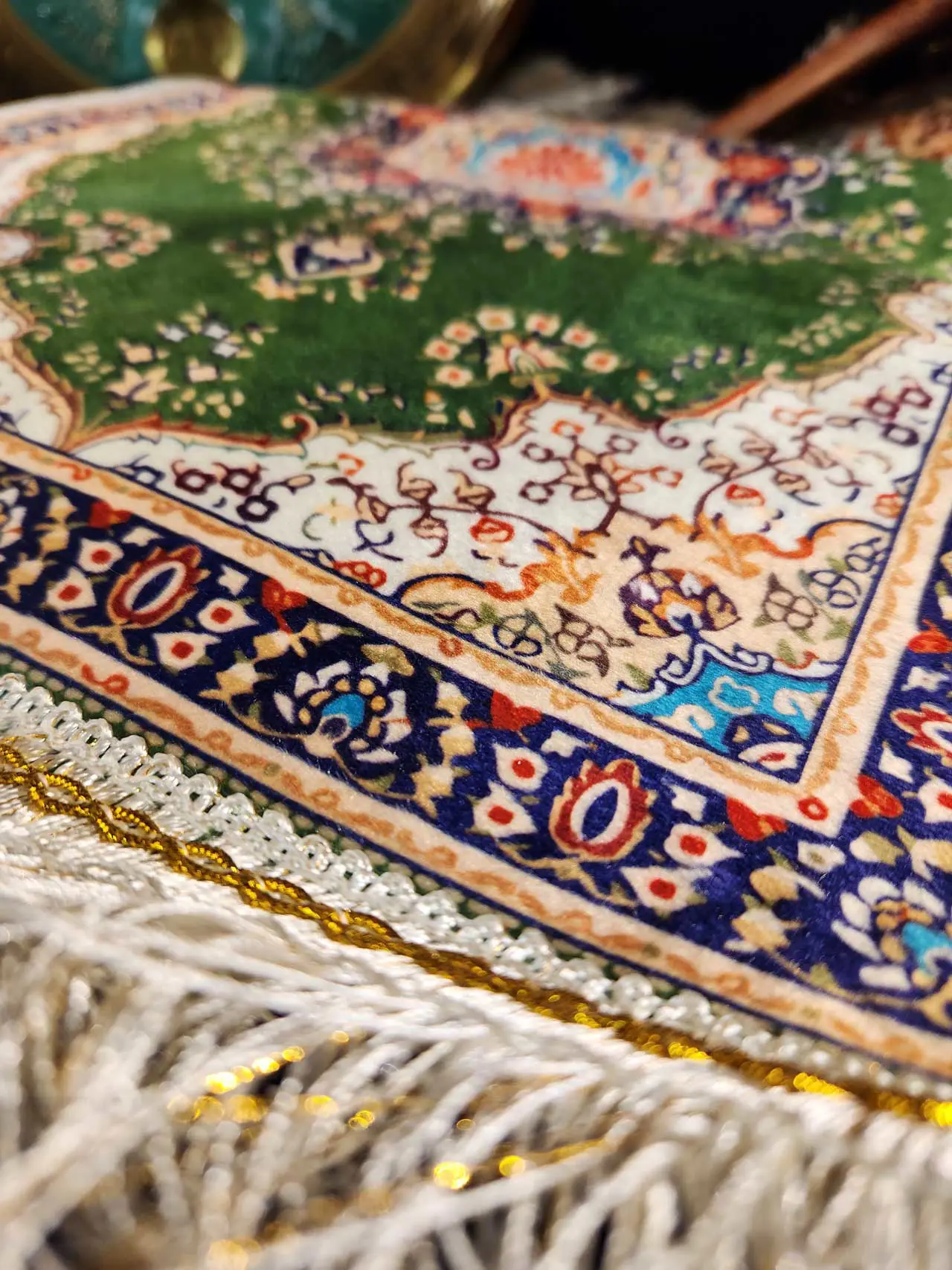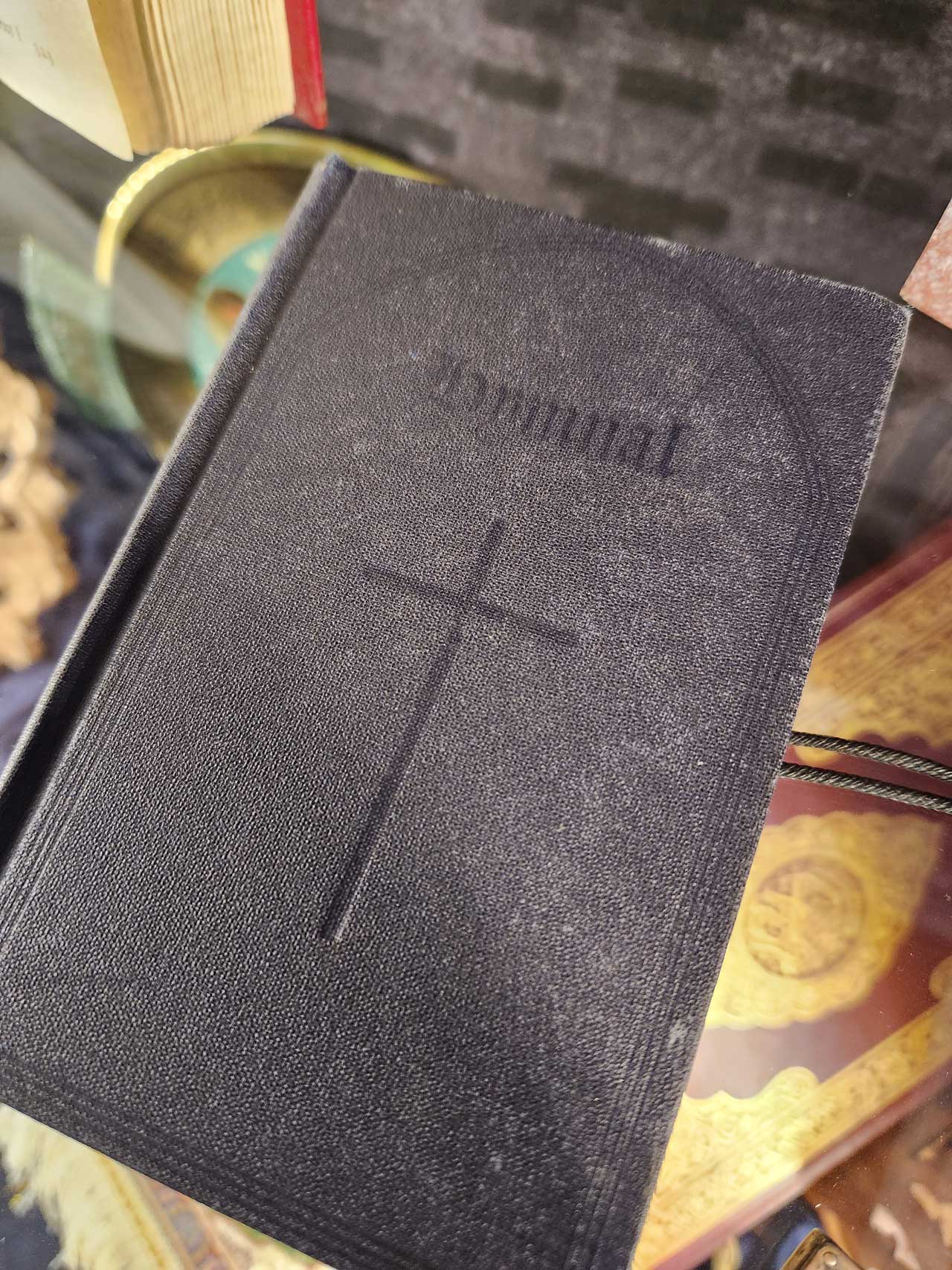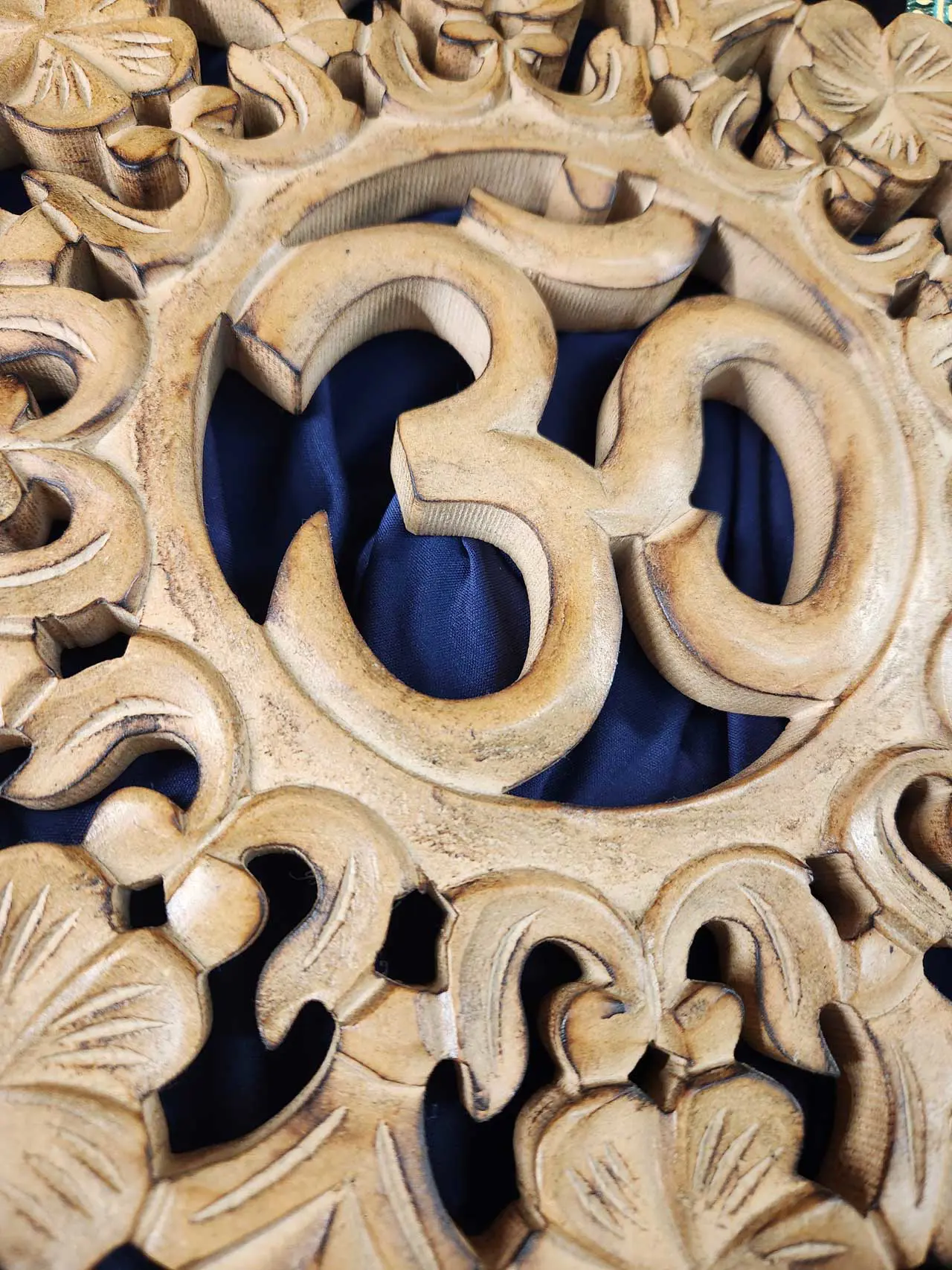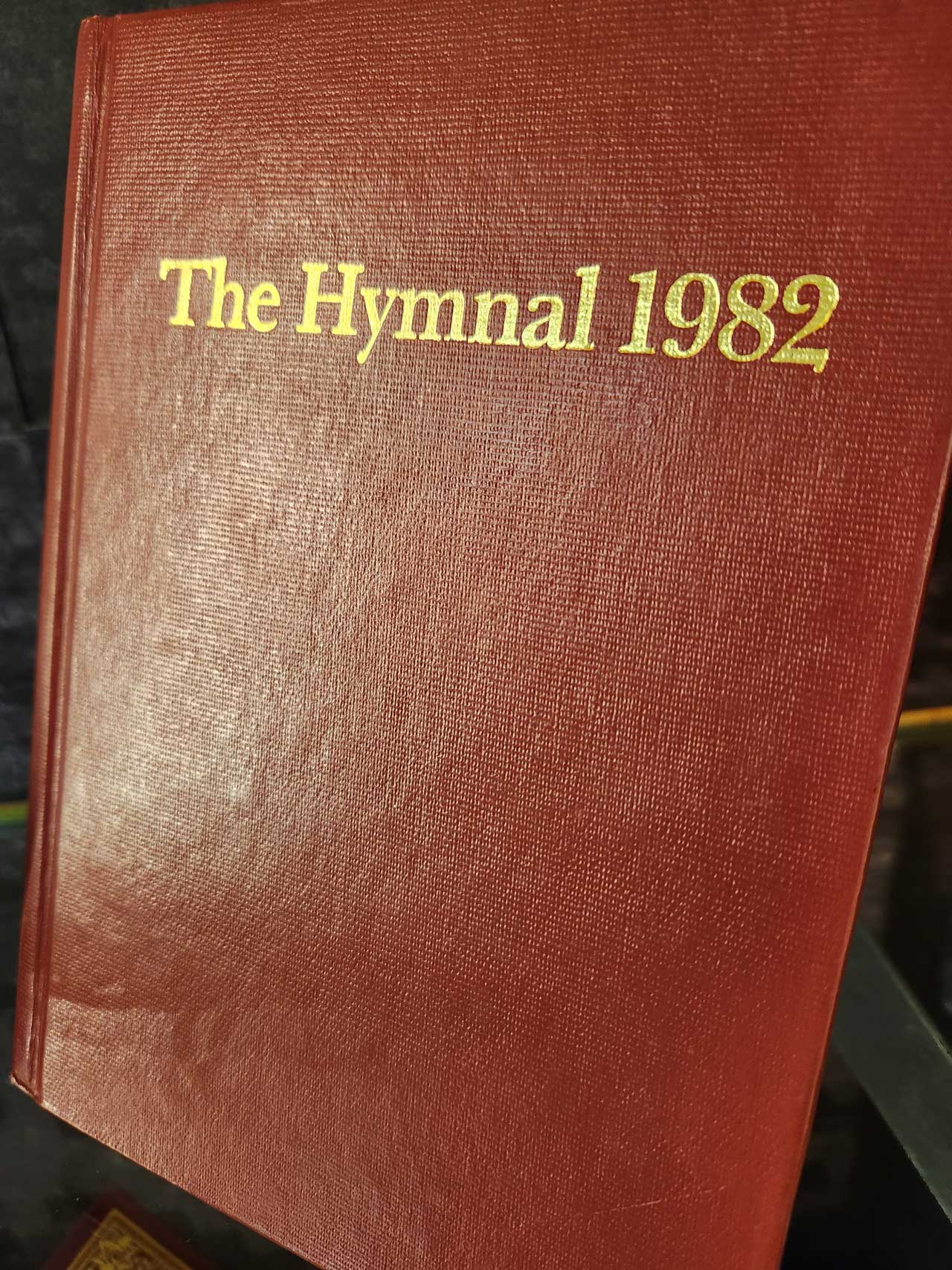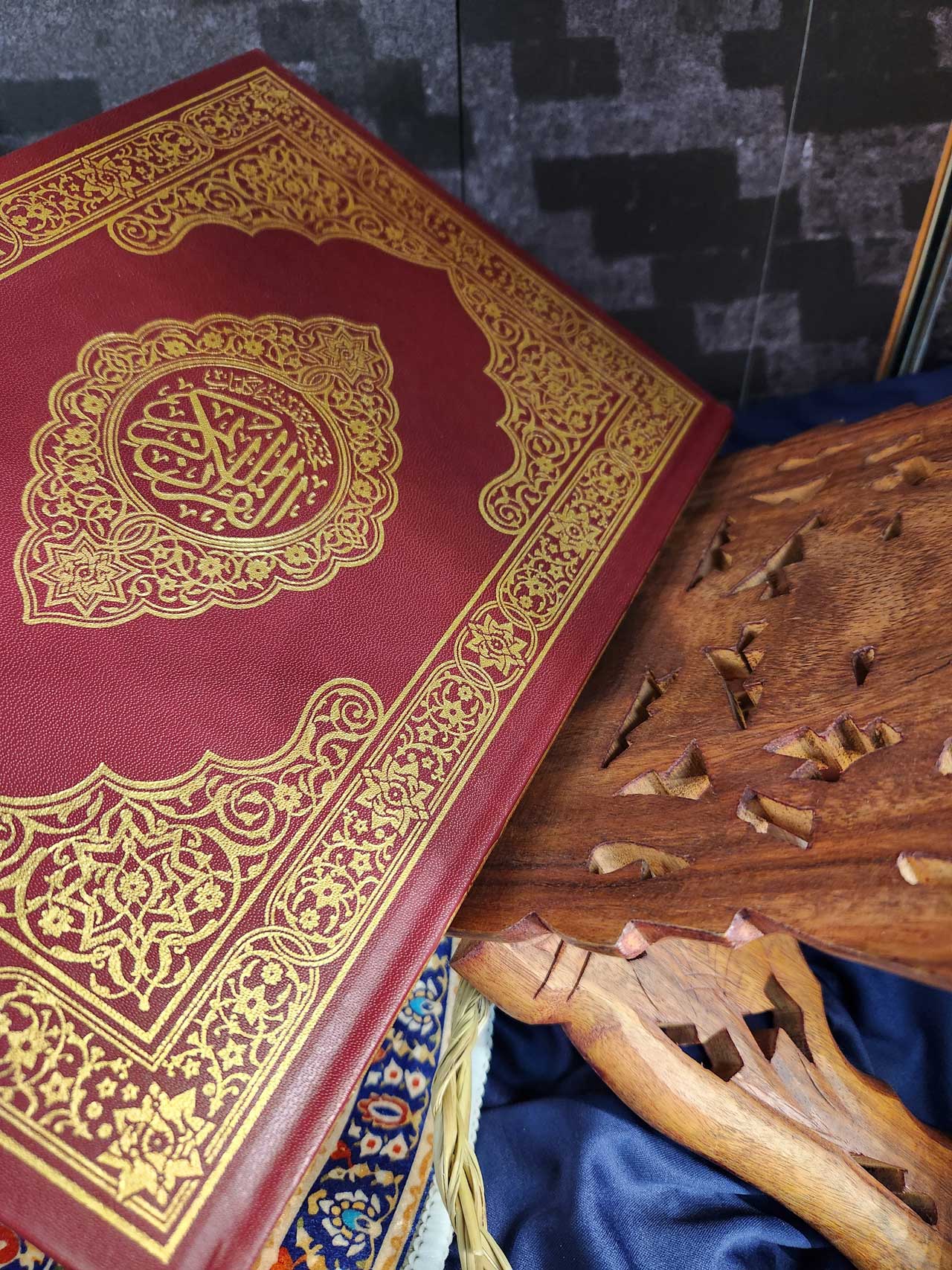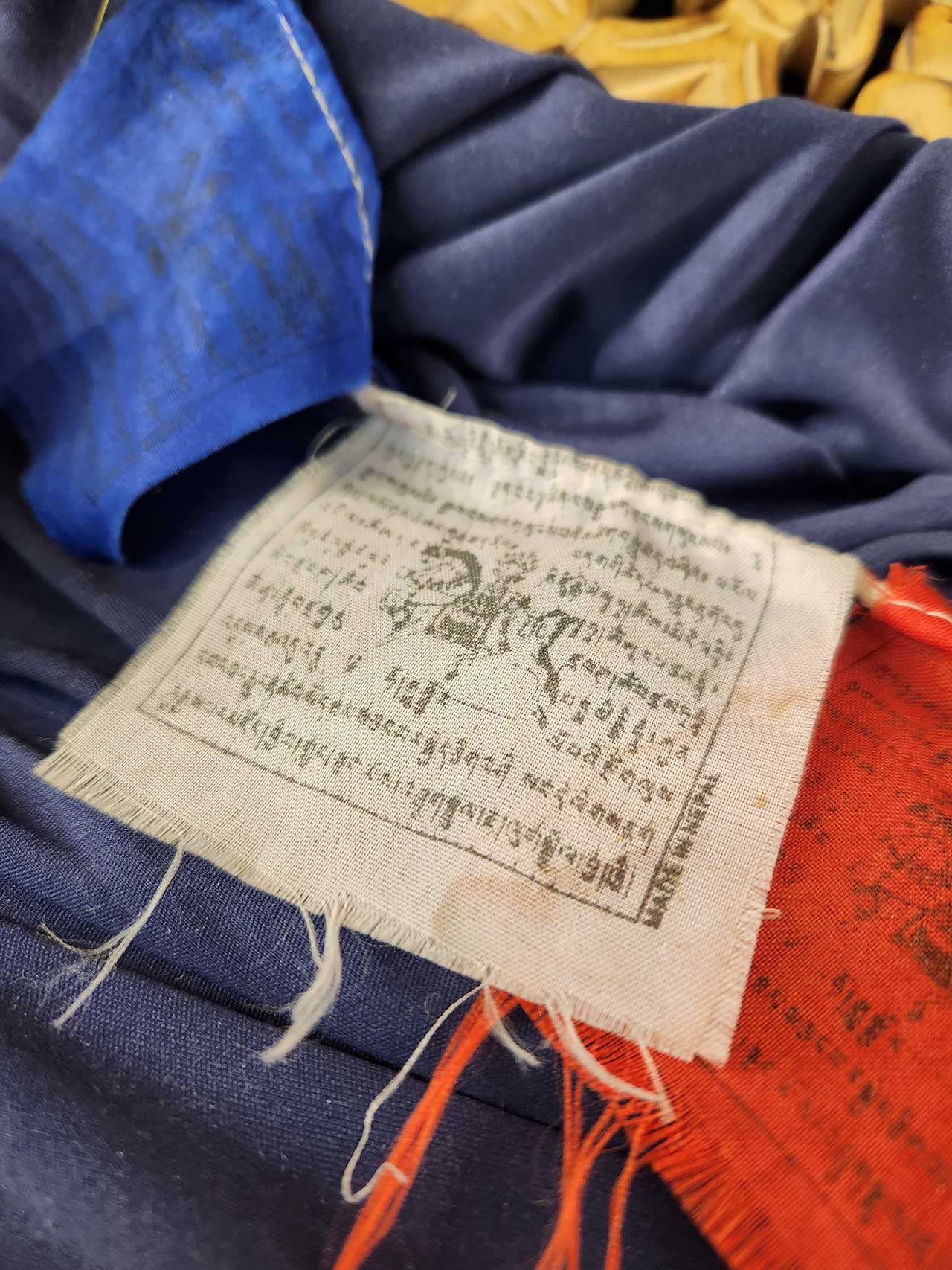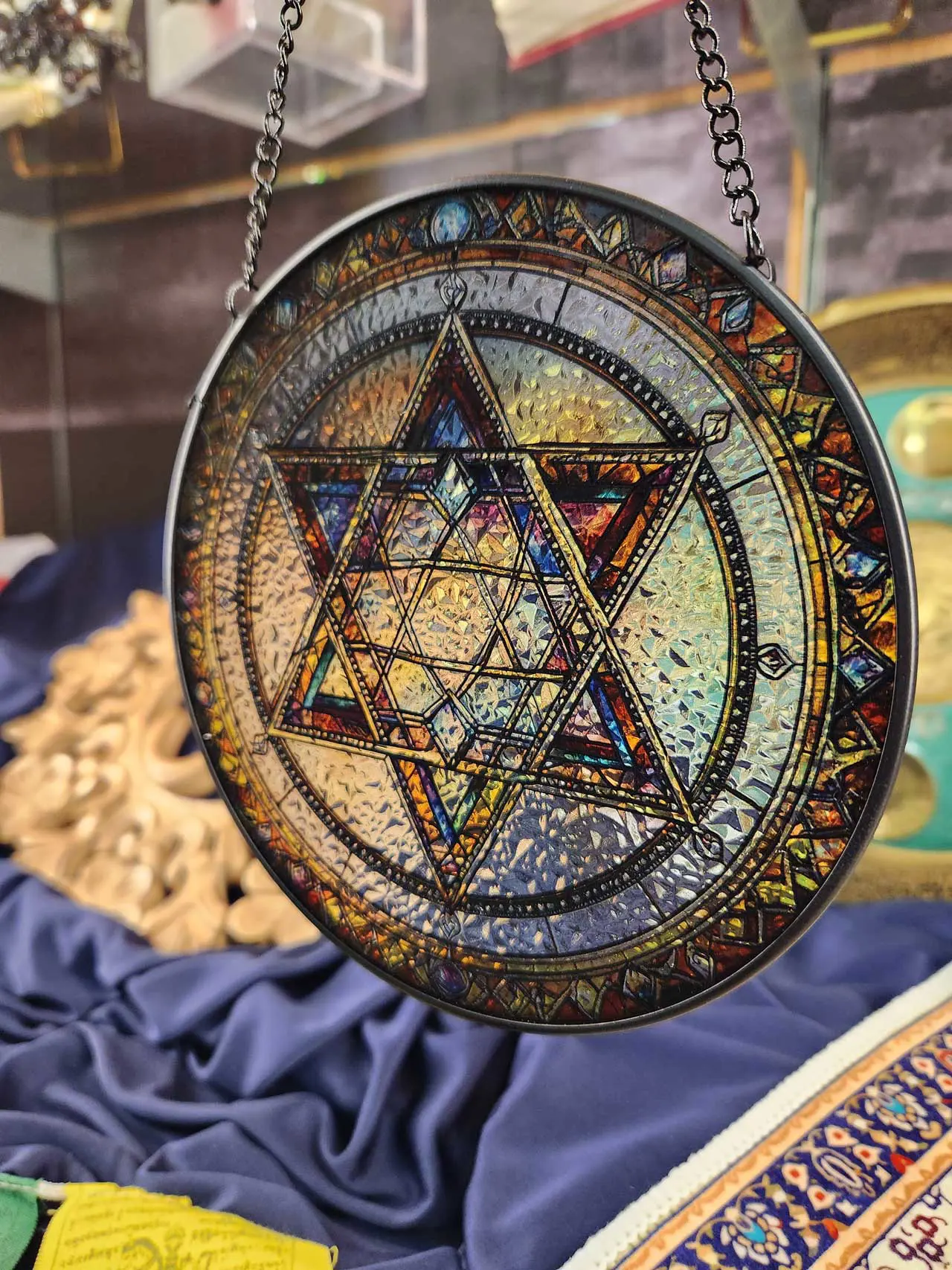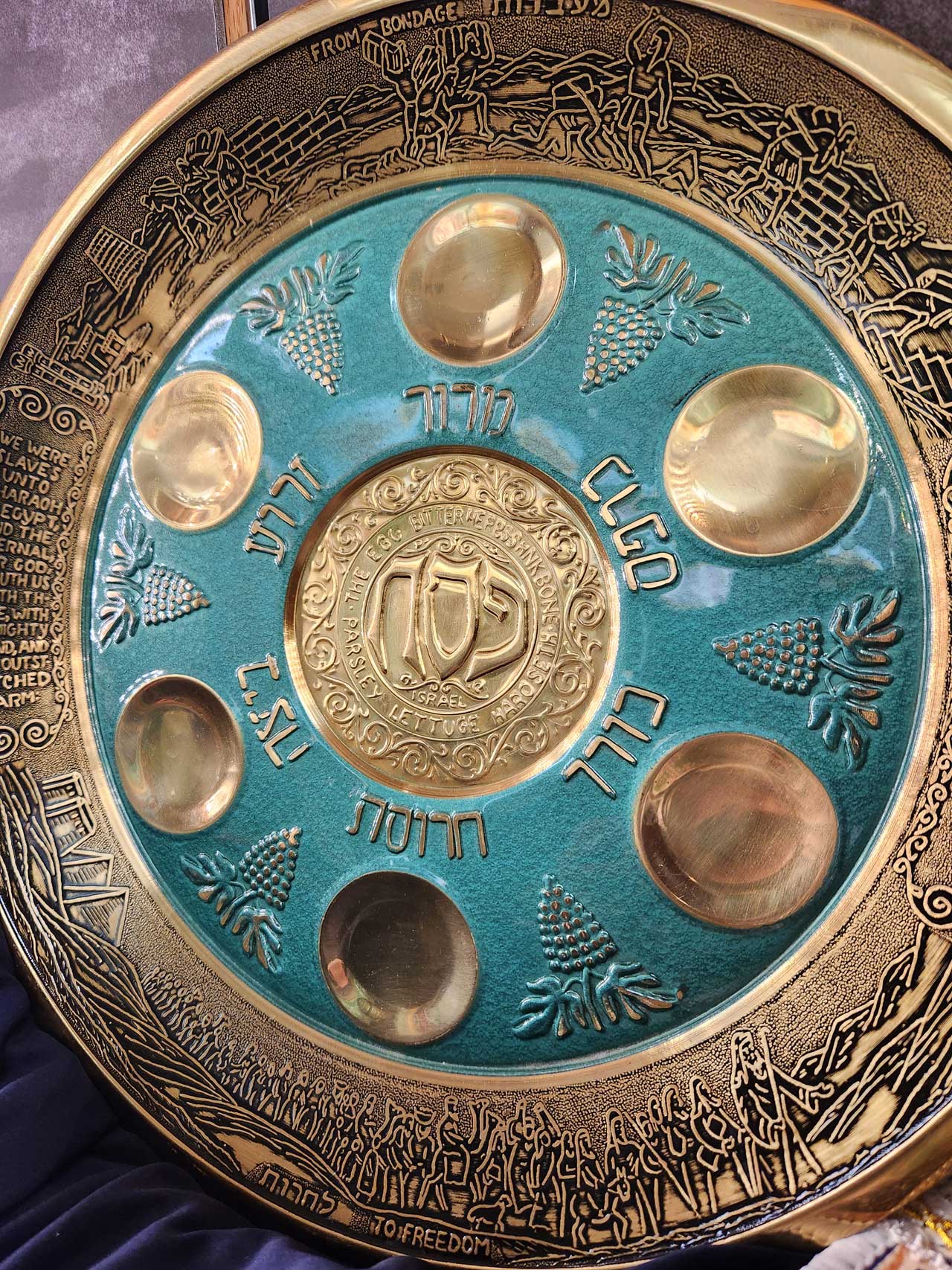More details on some of the items in the Episcopal Identity Display Case:
| The Background Photo |
|---|
| This is a photo of some of our founding Sisters at prayer in the chapel (located in the main building). From right to left: Sister Andrea, Sister Cecil, Sister Geraldine, Sister Morris, Unidentified, Sister Patricia, Sister Doris, Unidentified. |
| St. Anne’s Episcopal Identity Statement |
|
An Episcopal Identity Statement aims to formally articulate what it means for a school to have Episcopal in its name, how it affects the educational experience, and to provide a common ground for a community when it comes to living out this faith. Such statements, though painfully short, are a common practice among schools like ours; they help to stay committed to the character and spirituality of Episcopal education with greater clarity, confidence, and fullness. Both a touchstone and a compass, this statement also illuminates the connection between St. Anne's faith heritage and its commitment to inclusion, service, and building of a beloved community. Through rigorous but tender discussions and multiple rounds of feedback, we worked hard to authentically represent a wide range of St. Anne’s voices, perspectives, and aspirations. With a firm commitment to the legacy of the Sisters and their Christian faith, we strived to be responsive to the needs of our diverse, evolving community. St. Anne’s needed a common unifying language for a living expression of what it means to be St. Anne’s Episcopal School in the City of Denver today, and we are pleased to have this version as a start. We hope that this statement conveys the spirit of our Founders as well as a warm welcome felt by many who step foot on campus and opens the door for all to consider a St. Anne’s education. Knowing that the Sisters of the Order of St. Anne were wholeheartedly dedicated to God and to following Him in the world, the statement reflects our deep respect for the variety of religious and secular backgrounds of our families and serves as an invitation for a continued dialogue about questions of faith, belief, and belonging. We are proud to share this statement with the full St. Anne’s community so that together, we may continue to practice what has guided this school since its founding with authenticity and grace. We look forward to the conversations, reflections, and shared experiences this work will continue to inspire. Source: St. Anne’s Magazine (adapted) |
| The Flag of the Episcopal Church |
| Adopted in 1940, the Episcopal flag serves as an emblem of the Episcopal Church and tradition. The white field represents the purity of the Christian religion. The red cross represents the sacrifice of Jesus and the blood of the martyrs. The red cross on a white field is the cross of Saint George, the patron saint of England, indicating our descent from the Church of England. The blue in the upper left-hand corner is the light blue of the sky, often used by artists for the clothing of the Blessed Virgin. It is called Madonna blue and represents the human nature of our Lord, which he received from his mother. The nine white crosslets on the blue field represent the nine original dioceses of the Episcopal Church in America in 1789: Massachusetts, Connecticut, New York, New Jersey, Pennsylvania, Maryland, Virginia, Delaware, and South Carolina. They are arranged in the form of a St. Andrew's Cross to commemorate the fact that Samuel Seabury, the first American bishop, was consecrated in Aberdeen, Scotland, on Nov. 14, 1784. The colors red, white, and blue represent the United States and stand for the American branch of the Anglican Communion. |
| An Icon Card (ft. St. Anne and St. Mary) |
| This pocket icon depicts Saint Anne’s, after whom our school is named, holding her daughter, Saint Mary, mother of Jesus (Mary is traditionally depicted wearing color blue). While Anne is not mentioned in the New Testament, her and her husband's, Joachim, story appears in apocryphal literature like the Gospel of the Nativity of Mary or The Gospel of James, dating approximately to 150 CE. Anne, unable to have children until many years into her marriage, is a patron saint of married women, grandmothers, childless couples, and women in labor. |
| Red Rose (paper) |
| Decorative; a gift from Grade 2 students who, every year on Founders’ Day, make and deliver roses like this in honor of Mother Irene’s dedication to cultivating roses and all Sisters' care for the gardens. |
| Two Black and White Photos from St. Anne’s Archives |
| Children at play while recovering from polio under the care of the Founding Sisters. |
| The Book of Common Prayer (BCP) |
| Official book of worship of the Episcopal Church. The BCP provides liturgical forms, prayers, and instructions so that all members and orders of the Episcopal Church may appropriately share in common worship. It stems from the first English Prayer Book (1549), followed by the first American BCP (1789). Today’s edition was published in 1979 and is currently being revised to accommodate the Marriage Equality Act. |
| The Rule of Life (1946) |
| This is a book that contains the statutes and the rule of life of the Order of St. Anne. The statutes concern the process of receiving and dismissing sisters, elections, vows, wearing of the habit, chapels, etc. A “rule of life” is composed by monastics as a guide for intentional daily living. It is a set of spiritual practices and principles that a monk or a nun commits to live by. This Rule of Life contains chapters on humility, kindness, simplicity and joy; reading; courtesy; trust in God; hope; love; retreats; meditations; health; death; thanksgiving, and more. |
| St. Anne’s Hymn Book: A Supplement to Hymns Ancient and Modern |
| A unique collection of hymns, songs, and psalms used by the Order in its daily services. |
| Nativity Scene (stone) |
| A gift from St. Anne’s faculty member that shows an infant Jesus surrounded by his parents, Mary and Joseph. A nativity scene is one of the symbols of Christmas, a major Christian holiday where God’s incarnation and entrance into the world is celebrated as a sign of God’s kindness, love, and forthcoming atonement. |
| Altar Bell |
| A small, hand-held bell (consisting of three smaller bells) that is typically used at the consecration of the bread during the Eucharist service. The sound of the bells is meant to draw the congregants’ attention to the sacrament. The Sisters were regularly communed by a visiting Episcopal priest. |
| Rosary |
|
(Owned by one of our Sisters, with the Medal of St. Anne) The rosary is a prayer tool in the Christian tradition, especially within Catholicism, used to guide meditation on the life of Jesus and the Virgin Mary. Each bead represents a prayer, and together they form a rhythm of reflection and devotion. This rosary includes a medal of St. Anne, the mother of Mary and grandmother of Jesus, who is honored as a model of faith and family love. By including it in our display, we recognize the deep role of prayer, tradition, and family within Christianity and in the life of our school’s namesake, Saint Anne. |
| Order of St. Anne Community Cross (pectoral) |
|
“The habit of the Order of St. Anne shall be grey, with a grey girdle and a black wooden cross.” Crosses like these were given to the Sisters upon joining the Order and served as a symbol of belonging, commitment, and faith. The habit altogether is not only a way to distinguish a noun from lay people, but also to remind those who wear it of humility and service to God. |
| May Day Crown |
| This crown is used during May Day - more than an eighty-year-old tradition that stems from England. This specific crown is placed by the May Queen (voted by Middle School students and all faculty and staff) on the statue of Mary outside of the Main Building. The May Queen receives a crown made from fresh flowers. |
| Sitting Buddha |
| A sitting Buddha symbolizes meditation, inner peace, wisdom, and the attainment of enlightenment, a concept rooted in Siddhartha Gautama's path to awakening under the Bodhi tree. The meaning can vary based on hand gestures (mudras), such as a meditating Buddha with hands in the lap or an "earth-touching" mudra where fingers point to the ground, signifying the moment of enlightenment. The posture can also represent teaching, protection, or contemplation, reflecting the ideals and potential within Buddhist practice. |
| Islamic Prayer Rug (a miniature version) |
| The rug that Muslims use for prayer is called a prayer rug or sajjadah. It's a small, often decorative, rug placed on the floor to create a clean and dedicated space for prayer. The primary indicator of a prayer rug is the "mihrab," a niche-like design at the top that indicates the direction of Mecca. |
| Star of David (a suncatcher) |
| The Star of David, or Magen David in Hebrew, is a widely recognized symbol of Judaism. Composed of two interlocking triangles, it represents both the connection between God and humanity and the unity of the Jewish people. While its origins are ancient, it has become a powerful emblem of Jewish identity and faith. |
| Seder Plate |
| The seder plate (k’arah) is a centerpiece of the Passover meal and holds six ritual foods (roasted egg, lettuce, a shank bone, charoset, parsley, and bitter herbs). The seder is one of the most sensory-heavy rituals of the Jewish year allowing the participants to smell, feel, and taste liberation of their ancestors from bondage in Egypt, which is recorded in the book of Exodus (Sh’mot). This plate is a gift of the Levine family. |
| Tibetan Prayer Flags |
|
A Tibetan prayer flag is a colorful rectangular cloth, often found strung along trails and peaks high in the Himalayas. They are used to bless the surrounding countryside and for other purposes. Prayer flags are believed to have originated within the religious tradition of Bon. Traditional prayer flags include woodblock-printed text and images. One doesn’t have to be Buddhist to use prayer flags, but must handle them with respect and good intentions. Tibetan prayer flags come in sets of five, with one flag in each of the five colors. Blue symbolizes sky and space, white - air and wind, red - fire, green - water, yellow - Earth. Across the world, plants like sage and sweetgrass have long been used in spiritual and religious practices. In ancient Roman rituals, sage was associated with wisdom and purification. In parts of Europe, it was burned to ward off illness and misfortune. Sweetgrass has been used in Nordic and Baltic traditions as a fragrant offering or to prepare sacred spaces. While these plants appear in many belief systems, they hold unique and sacred meaning in Indigenous cultures. In Native communities—especially among tribes with ancestral ties to the lands now called Colorado sage and sweetgrass are not simply useful plants; they are living medicine, deeply woven into ceremonial life, storytelling, and community identity. |
| Sage and Sweetgrass: Sacred Plants in Indigenous Life |
|
Sage and sweetgrass are deeply rooted in the spiritual and cultural traditions of many Indigenous nations. Their use is ceremonial and guided by specific practices that have been passed down through generations. Sage is burned to cleanse people, spaces, and objects of negative energy. Sweetgrass, braided and burned, invites positive spirits and blessings. Both plants carry prayers to the Creator and are considered sacred medicine. Lifeways of the Ute Tribes in Colorado Ceremonial Practices and Protocols Respecting Tradition in Contemporary Contexts Walking with Respect and Purpose |
| Qur'an and Stand |
| The Qur’an is the holy book of Islam, believed by Muslims to be revealed to the Prophet Muhammad (PBUH) by Allah. It offers guidance on faith, prayer, and how to live a good and righteous life. Alongside the Torah and the Bible, the Qur’an is honored here to represent the three monotheistic religions and to celebrate students who practice these faiths. This Qur’an, written in its original language, Arabic, is a gift from the Tamim family. |
| “Om” Carving (ॐ) |
| Om is a sacred sound and spiritual symbol in Hinduism, often spoken at the beginning and end of prayers, meditation, and rituals. It represents the essence of the universe — the sound of creation, unity, and ultimate reality. For Hindus, Om expresses the divine presence that connects all living beings. |










